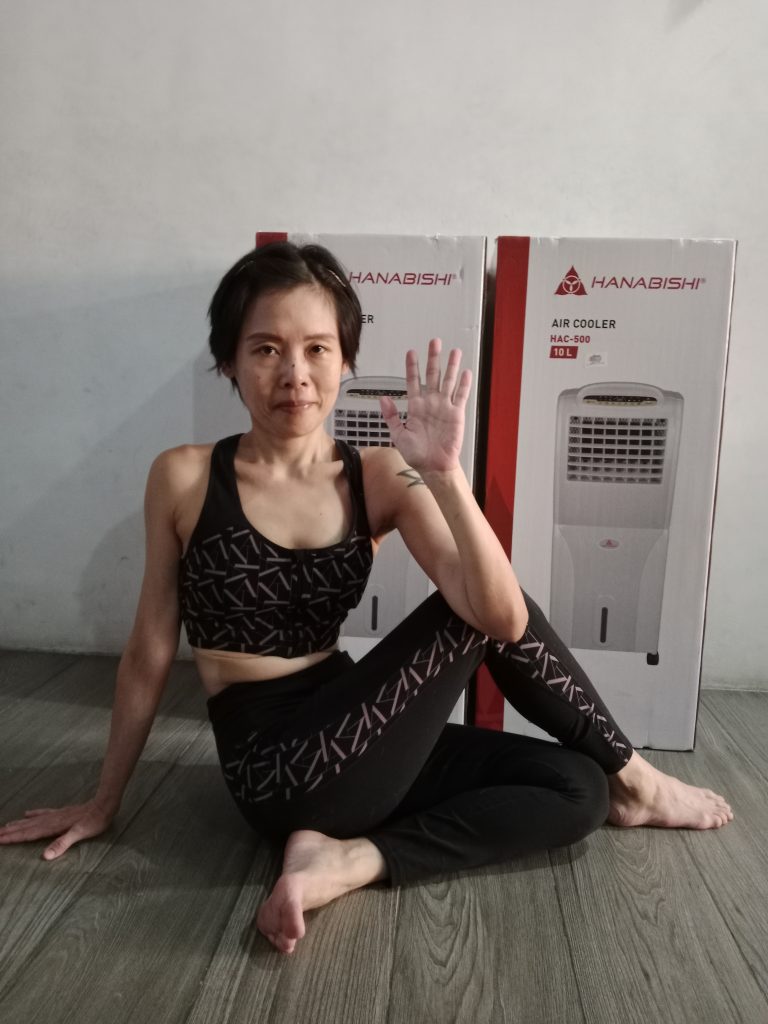Many people ask me why I don’t like air conditioning—and why, despite being able to afford it, we don’t have it installed at home. I live with my two teenagers and my husband, glad my husband and kids agree with my strong opinion.. it impacts our lifestlyes. I have three simple reasons to give when people ask us bakit kami walang aircon sa haus.
First, if you have aircon in the house you become dependent on it. Once you’re used to air conditioning, you feel like you can’t function without it. That’s not the kind of conditioning I want for my kids. I don’t want them growing up as people who can’t handle heat, can’t commute, or who think they need to be constantly comfortable to be okay. As a Gen Xer, I grew up with rolling brownouts—that’s what we used to call them. I learned to be bored, to sweat, and to wait things out. Those weren’t pleasant experiences, but they taught patience, adaptability, and self-regulation.
Second, air conditioning dries out your skin. It’s a small thing, but still a real drawback. Also there are other proof aircon not good for health. Air conditioning also contributes to respiratory issues in some people. It can circulate dust, mold, and airborne germs, especially if you don’t clean the thing regularly.
Third, the cost. Since I’m Chinoy, I’m very pragmatic. As it is, our Meralco bill this April has already increased by one-third due to more people staying in the house—our kids are home more because school days are fewer now, with commencement exercises coming up. Plus, there was Holy Week, when they stayed home longer. There’s also been an increase in the kilowatt-per-hour rate. (Whut? Almost 14 pesos per kilowatt-hour?)
Fourth, and air conditioning isn’t good for the environment. I care about global warming. I’m not perfect, but I try to make choices that reduce our family’s carbon footprint.

So, in the brutal Philippine summer, with temperatures soaring to 35°C and “feels-like” readings even hotter—how do we cope as a family?
We adapt. Each room in our house is equipped with a swamp fan. These are more energy-efficient than traditional air conditioning and generally better for the environment. Instead of refrigerating the air like AC does, swamp fans (also known as evaporative coolers) use water evaporation to cool the space, consuming significantly less electricity and producing fewer greenhouse gas emissions. They work best in dry heat, but even in our humid climate, they help when used with proper ventilation. The three we have right now are low-tech Hanabishi ones, I show them in the pic here. I want to commend Ansons Appliances in Landmark for their excellent service when I bought the two additional unit for my kids yesterday (originally tested one for husband and it worked perfectly for one year so we buy two more this summer).
When we renovated our house, we were intentional about improving airflow. We made structural changes to increase cross-ventilation and minimize heat buildup. I was inspired by an article I read about how some schools in Singapore are being redesigned to prioritize natural ventilation over air conditioning. They’ve used smart, low-tech strategies—like cool paint to reflect solar heat, sunshades to block direct sunlight, and optimized fan placement—to maintain comfort in classrooms while drastically reducing energy use. Some even studied how students in these environments perform, and it turns out they’re fine. No AC didn’t mean less learning, it meant less dependency.
That insight really stayed with me. If students can thrive in schools designed this way, surely my family can, too. Our top floor still gets warm, and some days are tougher than others. But we’re doing okay. We’re sweating a little, yes—but we’re also sleeping, working, and living. Generally doing quite okay. Buhay naman.
And I think I’m doing the right thing. I’m teaching my kids that not having air conditioning doesn’t mean you’re poor. It means you’re adapting. We live in a tropical country. Learning to coexist with heat, rather than constantly fighting it, is a mindset shift that’s good for our health, our finances, and the even the environment.
The featured image (not the one of me!) on this blog was AI-generated by me using free tools, namely ChatGPT, Canva, and Leonardo AI. I use these images to support my written content creatively and cost-effectively.


